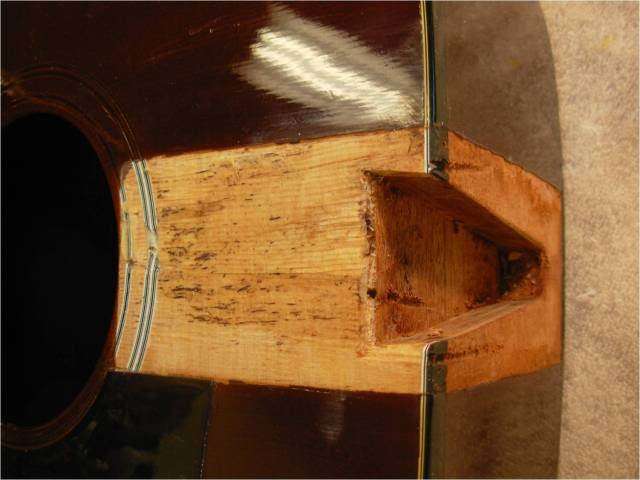jcorlando said:
I'm starting to fall in love with my D25. I got the guitar in High School back in '82. The guitar was just 3 years old.
1) Welcome to LTG.
2) The quote above seems to me to contain the answer to "should you fix it?". While you might be able to get another D-25 at close to the quoted repair price, it wouldn't be "yours".
3) At some point the emotions will overrule the finances and you are likely to decide that keeping that guitar playable (including fixing cosmetics, if they bother you) is important regardless of cost. If you sink $800 (which is probably more than the guitar will be worth after repairs) into repairs now and are happy playing it for 10 more years, that is less than $7/month. Would two lattes per month make you as happy?
4) The fact that a well known and respected luthier worked on a guitar (as opposed to building it) is probably not a selling point and is unlikely to increase the value.
5) I agree with the suggestion that you get a second opinion on the repair. I have no experience with either but "friends of friends" have recommended
The Guitar Shop and
Action Music which should be close to local.

